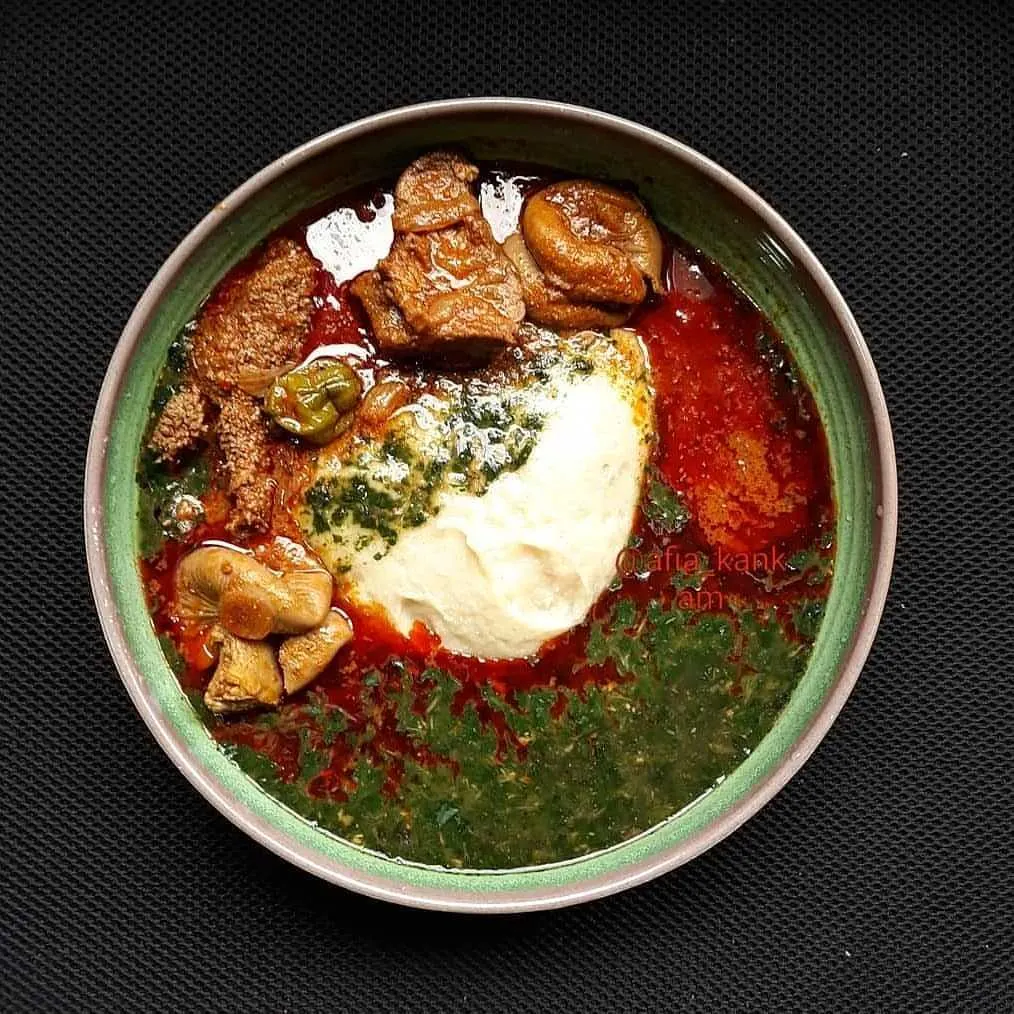Explore Zogale (Moringa), its Benefits and how to make the Moringa soup in Nigeria Hausa Style
Zogale, also known as Moringa, refers to the Moringa oleifera plant, which is highly valued for its nutritional and medicinal properties. The plant is native to parts of Africa and Asia and is commonly referred to as the drumstick tree, horseradish tree, or ben oil tree. Various parts of the Moringa plant, including the leaves, seeds, flowers, and roots, are used for different purposes.
Here are some key aspects of the Moringa plant:
- Nutritional Value: Moringa leaves are rich in essential nutrients, including vitamins (such as vitamin A, vitamin C), minerals (such as iron and potassium), and antioxidants. The leaves are often consumed as a green vegetable in various dishes or used to make tea.
- Medicinal Uses: Moringa has been traditionally used in herbal medicine for its potential health benefits. It is believed to have anti-inflammatory, antioxidant, and antimicrobial properties. The plant has been studied for its potential to lower blood sugar levels, reduce inflammation, and provide other health benefits.
- Culinary Uses: The leaves of the Moringa plant are commonly used in cooking. They can be added to soups, stews, salads, or consumed as a side dish. Moringa leaves have a slightly bitter taste, similar to spinach.
Here’s a simple recipe for making Zogale (Moringa) soup in the style of Hausa cuisine in Nigeria:
Ingredients:
- Fresh Moringa leaves, washed and stemmed
- Meat of your choice (chicken, beef, or fish), cut into bite-sized pieces
- Onion, finely chopped
- Tomatoes, chopped
- Groundnut oil (or any cooking oil of your choice)
- Pepper, to taste
- Salt, to taste
- Seasoning cubes or powder
- Water
- Optional: Locust beans (iru or dawadawa) for additional flavor
Instructions:
- Prepare Moringa Leaves:
- Wash the Moringa leaves thoroughly, remove the stems, and set aside.
- Prepare Ingredients:
- In a pot, heat the groundnut oil over medium heat. Add chopped onions and sauté until they become translucent.
- Cook Meat:
- Add the cut meat to the pot. Brown the meat on all sides.
- Add Tomatoes:
- Add the chopped tomatoes to the pot and cook until they are soft and the mixture forms a thick base.
- Seasoning:
- Season the mixture with pepper, salt, and your preferred seasoning cubes or powder. Adjust the seasoning according to your taste.
- Add Moringa Leaves:
- Add the washed and stemmed Moringa leaves to the pot. Stir well to combine with the meat and tomato mixture.
- Optional: Add Locust Beans:
- If you’re using locust beans (iru or dawadawa), you can add them at this point for additional flavor. Crush the locust beans before adding.
- Simmer:
- Pour in enough water to cover the ingredients, and let the soup simmer over low to medium heat until the Moringa leaves are tender.
- Adjust Seasoning:
- Taste the soup and adjust the seasoning if necessary. Add more salt, pepper, or seasoning cubes according to your preference.
- Serve:
- Once the soup is ready, serve it hot. It can be enjoyed on its own or with a side of tuwo shinkafa (rice pudding) or any other preferred side dish.
This Moringa soup is not only nutritious but also a delicious representation of traditional Hausa cuisine. Adjust the ingredients and seasonings to suit your taste preferences.
Learn How to Make one of Northern Nigerian Best Meal – Tuwo Shinkafa
Tuwo shinkafa is a traditional Nigerian dish that is popular in the northern part of the country. It is a type of thick pudding or porridge made from fermented rice. The name “tuwo shinkafa” literally translates to “rice pudding” in Hausa, which is one of the major ethnic groups in Nigeria.
Here’s a basic recipe for making tuwo shinkafa:
Ingredients:
- Rice
- Water
- Potash (optional, used for fermentation)
- Salt (to taste)

Instructions:
- Rinse the rice thoroughly to remove any impurities.
- Soak the rice in water for a few hours or overnight to soften it.
- Drain the water from the soaked rice and blend it into a smooth paste. You can add a small amount of water during blending to achieve a smooth consistency.
- If you’re using potash for fermentation, dissolve it in a little water and strain out any impurities. Add the strained liquid to the blended rice paste.
- Place the blended mixture in a bowl, cover it, and allow it to ferment for about 1-2 days. The fermentation process helps develop a slightly sour taste.
- After fermentation, add salt to taste and mix the batter thoroughly.
- Pour the batter into a pot and cook it over medium heat, stirring continuously to prevent lumps from forming. The mixture will thicken as it cooks.
- Continue stirring until the mixture reaches a thick, stretchy consistency. This usually takes about 15-20 minutes.
- Once the tuwo shinkafa is ready, remove it from the heat and allow it to cool slightly before serving.
Tuwo shinkafa is often served as an accompaniment to soups and stews, such as miyan kuka (baobab leaf soup), miyan taushe (pumpkin soup), or miyan wake (peanut soup). It is a staple in the northern Nigerian cuisine and is enjoyed for its unique flavor and texture.



